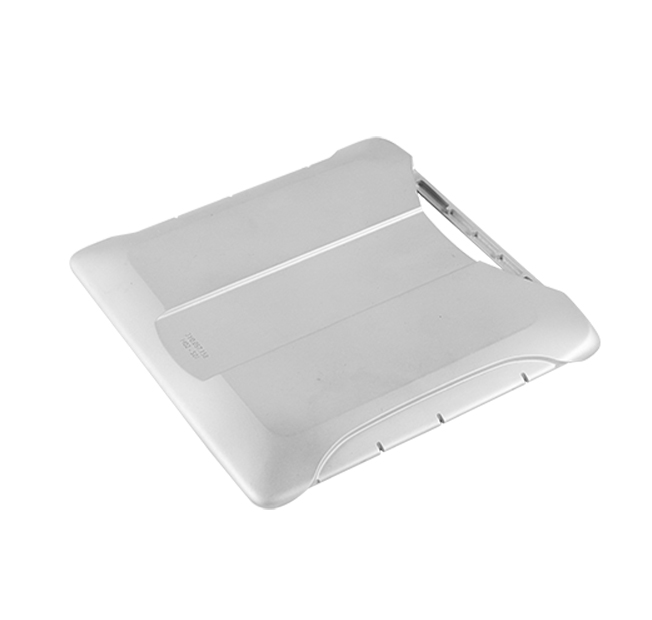Time:2025-06-25 Views:0 source:CNC Machining customization source:CNC Machining news

In the realm of bathware hardware, corrosion resistance is a critical factor that ensures longevity and aesthetic appeal. CNC (Computer Numerical Control) technology plays a pivotal role in manufacturing high-precision components for bathroom fixtures such as faucets, showerheads, and towel bars. To enhance the durability and resistance to corrosion of these components, several advanced treatment methods are employed.
One of the most effective treatments is electroplating, which involves coating the metal components with a thin layer of a more resistant metal such as chrome, nickel, or zinc. This process not only protects the underlying metal from oxidation but also provides a sleek, polished finish that is highly desirable in bathroom hardware. Another method is powder coating, where a fine powder is applied to the surface and then baked to form a tough, protective layer. This technique offers excellent resistance to scratches, UV rays, and chemical exposure.
Passivation is another crucial process used in the treatment of stainless steel components. It involves immersing the parts in a solution of nitric or citric acid to remove any free iron particles from the surface, thereby enhancing the natural oxide layer that protects against corrosion. For brass components, a clear lacquer coating can be applied to prevent tarnishing and maintain a bright, shiny appearance.
In addition to these surface treatments, the choice of materials is also vital. High-quality alloys such as marine-grade stainless steel or brass with anti-corrosion additives are often used to ensure that the components can withstand the humid and sometimes harsh environments found in bathrooms. Regular maintenance, such as cleaning with non-abrasive materials and avoiding harsh chemicals, can further extend the life of these treated components.
By combining advanced CNC manufacturing techniques with robust corrosion resistance treatments, bathware hardware can achieve a level of quality and durability that meets the high expectations of consumers. This not only enhances the overall user experience but also contributes to the sustainability of the products by reducing the need for frequent replacements.
Read recommendations:
Sealing ring Precision electronic parts
Housing components for recessed downlights Precision electronic parts
Oval Magnetic Hardware Precision electronic parts
CNC Machining Dimension Accuracy
CNC processing factory - Meeting customers' strict requirements for precision